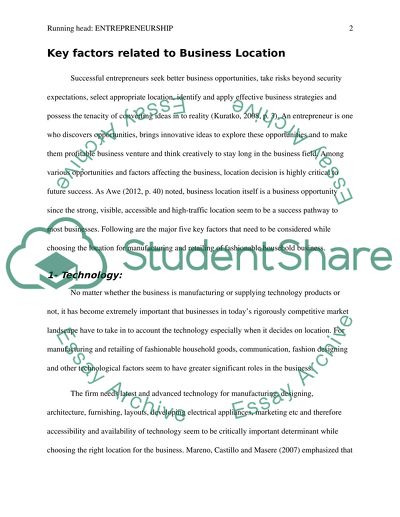Cite this document
(“Entrepreneurship Assignment Example | Topics and Well Written Essays - 3000 words”, n.d.)
Retrieved from https://studentshare.org/marketing/1400158-entrepreneurship
Retrieved from https://studentshare.org/marketing/1400158-entrepreneurship
(Entrepreneurship Assignment Example | Topics and Well Written Essays - 3000 Words)
https://studentshare.org/marketing/1400158-entrepreneurship.
https://studentshare.org/marketing/1400158-entrepreneurship.
“Entrepreneurship Assignment Example | Topics and Well Written Essays - 3000 Words”, n.d. https://studentshare.org/marketing/1400158-entrepreneurship.


